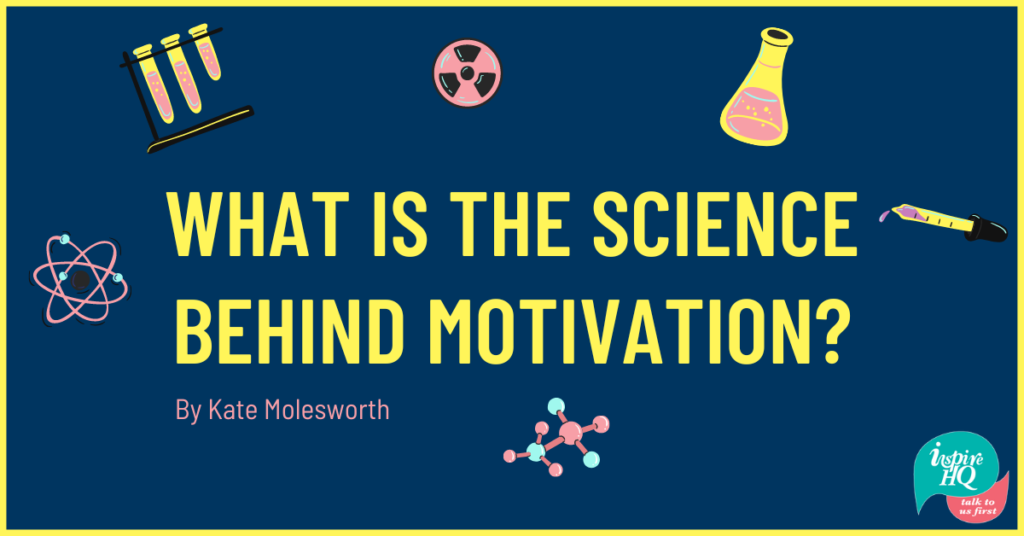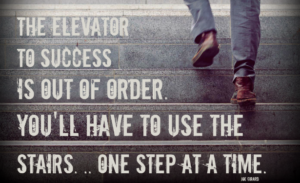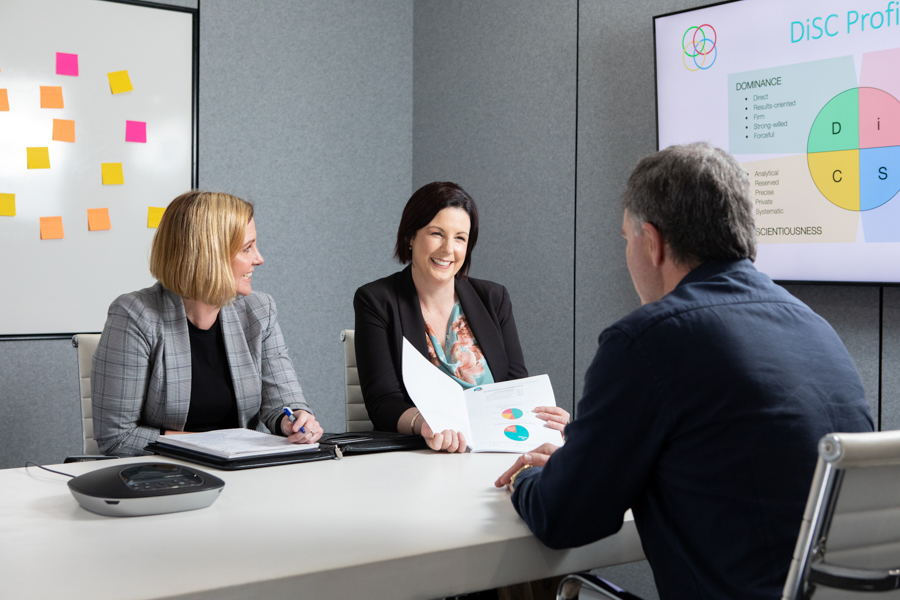Motivation affects so many aspects of our lives, whether you want to accomplish a task, get promoted at work or improve your fitness; sticking to your goal isn’t always easy.
So, what is motivation? Essentially, motivation is the need or desire to do something. Whether that need is biological, social or emotional, and whether that something is making your dinner, going to work or calling a friend; motivation is what gets us moving.
I’m sure you already know from experience that simply having the desire to accomplish something isn’t enough. You need to also be able to push through barriers and have the endurance to keep going in spite of the challenges you face.
I recently attended a webinar that focused on the topic ‘The Science of Motivation’ hosted by Wrkit.
They opened with this quote from Joe Girard, “The elevator to success is out of order. You’ll have to use the stairs… one step at a time.” How true is this quote!? Success doesn’t happen overnight; it can take many steps over time.
According to the webinar, 45% of people actually give up on their New Year’s resolution only a month after starting it – so, why is it so hard to keep ourselves motivated?
There are three components that are needed to actually become motivated and stay motivated; activation, persistence and intensity.
Activation is the first component of motivation; this is the decision to initiate the behaviour. An example of activation would be deciding to join the gym to improve your fitness levels. So, going online and registering for the gym and joining, that would be the activation component.
The second component is persistence, it’s the continued effort towards a goal, even though obstacles may exist. An example of persistence based on the previous gym/fitness example would be that you set your alarm for 7am and you get up even though you’re tired from staying up the night before binge watching that Netflix series. That persistence to get up and go to the gym at 7am is really important.
The third component is intensity. Intensity is the concentration of bigger things that goes into pursuing your goal. For example, two people might get up at 7am and go to the gym; they’ve had the activation and they’ve had the persistence. The first person might go to the gym and coast through the class not putting in too much effort and not breaking a sweat. This would be the low intensity.
Whereas the second person might go to the gym, give the session 110% and really push themselves as hard as they can. This would be the high intensity. Afterwards, you’ll see the two people coming out of the gym, one will be red in the face and sweating, and the other person you wouldn’t even know they’ve gone to the gym. So, one has burned lots of calories and really made the most of it, and the other hasn’t; these three components of motivation are really important in helping you become and stay motivated for a long-term period. The more that you repeatedly use these, the more you’ll become a highly motivated person.
Here are some of the other key takeaways from the webinar:
Intrinsic motivation comes from within the individual and is the undertaking of an activity purely for its satisfaction.
Extrinsic motivation comes from outside the individual and drives an activity due to external products, pressure or rewards.
Important contributors to intrinsic motivation:
Autonomy: The feeling one has choice and willingly endorsing one’s behaviour so you have a sense of control over what you’re doing to achieve motivation.
Competence: The experience of mastery and being effective in one’s activity which results in being actively motivated.
Relatedness: The need to feel connected and belongingness with others.
Factors influencing intrinsic motivation:
Challenge – People seek out challenges and new skills to master to achieve the pleasure of accomplishment.
Curiosity – People are driven by curiosity and a willingness to learn and develop skills.
Control – People are motivated by having a sense of control. People like to have control; this can be applied to the workplace, to hobbies and people’s diets. Control is a really important factor.
Factors influencing extrinsic motivation:
Reward – Motivation is increased from meeting an external goal or receiving external rewards, tangible (e.g., money) or abstract (e.g., likes on social media).
Power – Reliant upon the desire to exert control over others.
Fear – Motivated by the desire to avoid a negative result or outcome.
Causes of low motivation:
- All or nothing thinking: If you think you must be absolutely perfect when trying to reach your goal and that there’s no point in trying if you have a small slip up, this will completely zap your motivation to keep pushing forward. This is the all or nothing effect. It’s very common for people who are very determined and motivated starting out, but they’re not taking into account the lifestyle factors that are going to have an influence.
- Believing in quick fixes: It’s easy to feel unmotivated if you can’t reach your goal immediately or see instant progress, but reaching your goals often takes time and effort.
- Thinking that one size fits all: Not every person is going to reach their goal or see progress by taking the same action or doing it the same way as someone else; different things work for different people, what might work for one person may not work for another.
Tips for improving motivation:
Tip 1 – Break it down
-
- Break it down into short-term and long-term goals. If you’re doing something that feels too big or overwhelming, break it down, therefore, making each of the goals achievable and helping you to see the steps to take to reach them.
- Remind yourself of this long-term goal. Whether it’s a new car, an outfit or a holiday – write it down and stick it up in a few different places to remind you of what you’re working towards.
- Then, set your sights on achieving only the first step. Focus on that first step and over time, you will see the progress of each step you take and that you’re working towards that larger goal in the long run.
Tip 2 – Take Control
-
- What do you have control over to influence achieving your goals?
- Set yourself up for success
For example, if it’s something like a promotion at work, reach out to people with more experience because they might be able to help you, rather than playing the victim and saying that this didn’t go right for me and that didn’t go right for me. Try to set yourself up for success and you will thank yourself later.
Tip 3 – Focus on the journey, not the outcome
-
- Constantly fixating on the outcome, on success or failure, can seriously impair motivation.
- Pause to appreciate the journey
- Look back at how far you’ve come
While visualising success can help, constantly fixating on the outcome, success or failure can seriously impair your motivation. For example, if you’re taking a course and you want to upskill to get that promotion at work and you focus on the final grade all the time, it may demotivate you. Rather than focusing on the grade or the outcome, focus on what you’re learning every day from the course or every hour that you put into it and how you can apply these learnings into different life situations. This will tap into your intrinsic motivation and you’ll find it more fulfilling each time you attend the course. Then finally allow time to reflect and look back at how far you’ve come and be proud of yourself. This will motivate you as well rather than fixating only on the outcome.
The building blocks of motivation that lead to actions are needs, values and goals. If you’re struggling to find motivation, why not take a look at the building blocks and see if you’re having a problem with one of them; you may be able to pinpoint what’s missing.
I think we all feel motivation in different ways in all aspects of our lives; in some areas of our lives, we’ll be intrinsically motivated and in other areas, we’ll be extrinsically motivated. It all depends on the person and the situation. What helps your motivation?


